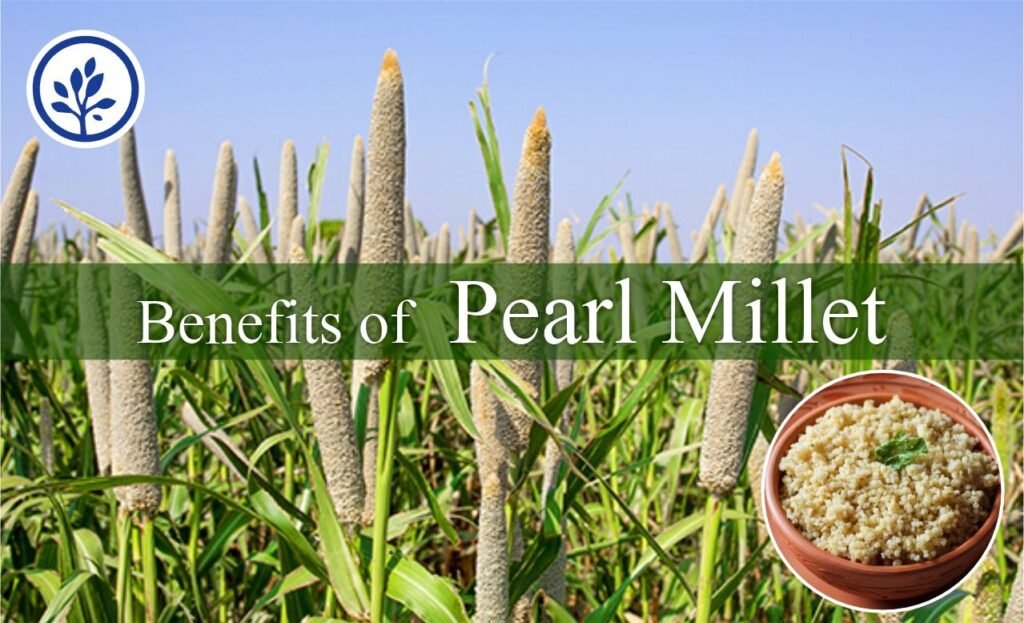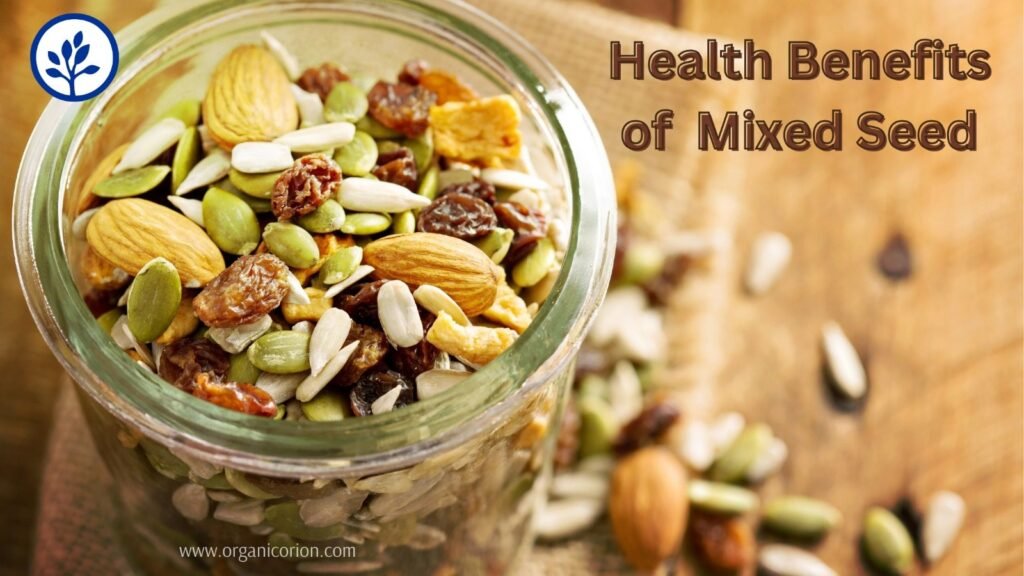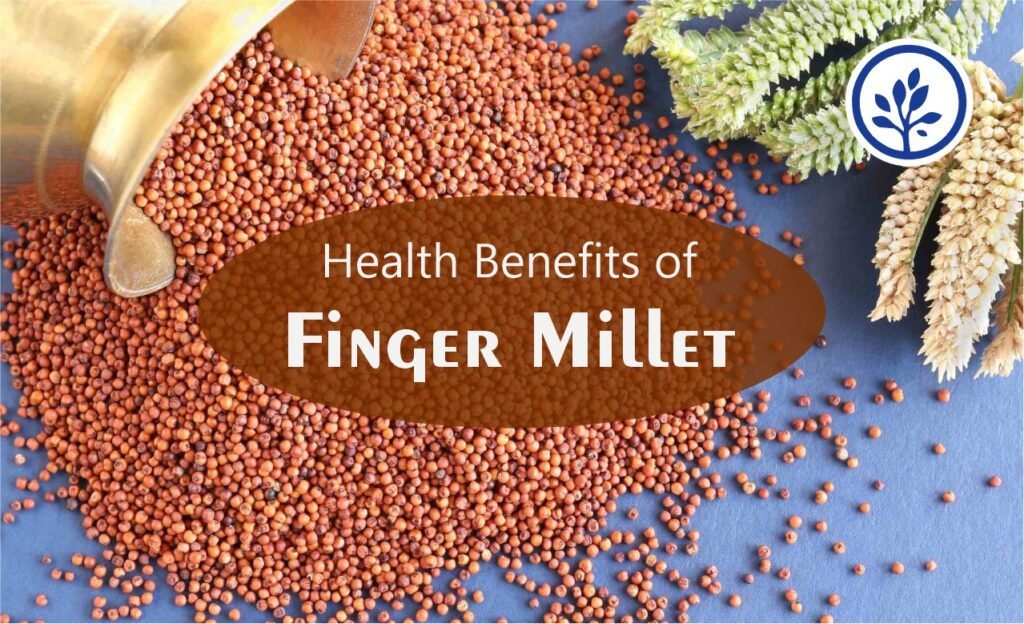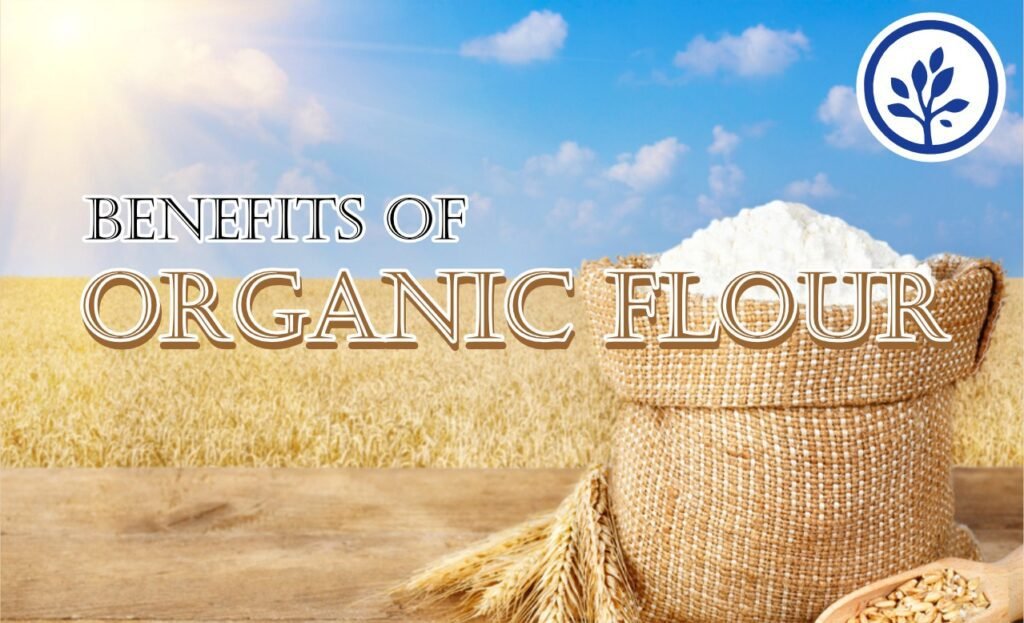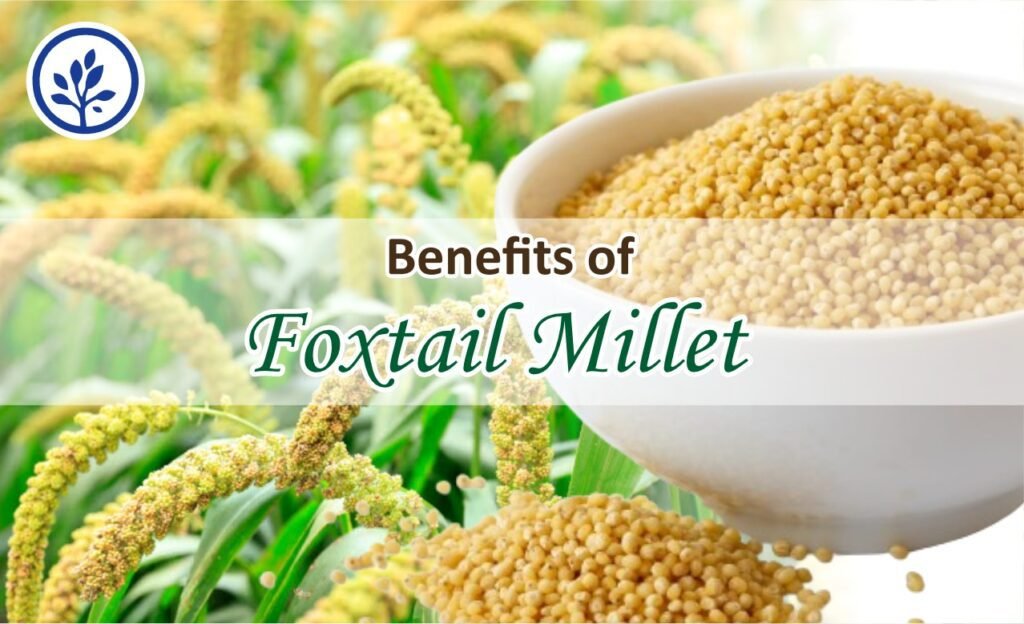What are superfoods?
Superfoods are foods known for their exceptional nutrient density and believed to offer various health benefits, thanks to their rich concentrations of vitamins, minerals, antioxidants, and other advantageous compounds. Typically plant-based, these foods are recognized for their potential positive impact on health.
Examples of superfoods include:
1.Berries: Blueberries, strawberries, and raspberries are packed with antioxidants, vitamins, and minerals, contributing to overall health and well-being.
2.Nuts and Seeds: Almonds, walnuts, chia seeds, and flaxseeds are excellent sources of healthy fats, protein, and fiber, promoting heart health and providing essential nutrients.
3. Quinoa: As a whole grain, quinoa stands out for its high protein content and inclusion of all nine essential amino acids, making it a valuable addition to a balanced diet.
Maintaining a well-rounded and diverse diet that incorporates these superfoods can contribute to optimal nutrition. However, it's crucial to consult with a dietitian or healthcare professional before making significant changes to your diet, ensuring it aligns with your individual health needs and goals.
Millets: an essential superfoods
Millets are indeed considered essential superfoods due to their rich nutritional content and potential health benefits. These small-seeded grasses, including sorghum, pearl millet, foxtail millet, proso millet, and finger millet, have been cultivated for thousands of years and are staples in many regions, particularly in Asia and Africa.
1.Nutrient-Rich Profile: Millets are packed with nutrients such as fiber, B vitamins, minerals (iron, magnesium, phosphorus), and antioxidants, contributing to overall health.
2. Gluten-Free Nature: Being naturally gluten-free, millets are a suitable option for individuals with gluten sensitivity or celiac disease.
3. Low Glycemic Index: Millets have a lower glycemic index compared to refined grains, leading to a smaller impact on blood sugar levels and making them beneficial for those managing blood sugar.
4. High Protein Content: Millets serve as excellent sources of plant-based protein, making them valuable additions to vegetarian and vegan diets.
5. Rich in Fiber: The high fiber content in millets supports digestive health, helps regulate blood sugar levels, and induces a feeling of fullness.
6. Potential Health Benefits: Some studies suggest that the consumption of millets may be associated with various health benefits, including improved heart health, weight management, and a reduced risk of certain chronic diseases.
It's essential to recognize that while millets offer numerous nutritional advantages, they are most effective as part of a balanced and varied diet. Incorporating a diverse range of whole foods is crucial to meeting all nutritional needs. For personalized dietary advice, consulting with a dietitian or healthcare professional is recommended to ensure a diet that aligns with individual health requirements.
Types of millets
There are various types of millets, each with its own set of nutritional benefits:
Pearl Millet (Bajra):
I. Known as Bajra in India.
II. Rich in magnesium and fiber.
III. Cultivated in Africa and the Indian subcontinent.
Foxtail Millet:
I. It thrives in numerous regions of India, extending to China and Southeast Asia.
II. It is rich in protein, fiber, and vital minerals.
Proso Millet:
I. Proso millet is cultivated across diverse regions globally, spanning Europe, Asia, and North America.
II. High in protein and low in fat, with a short growing season.
Finger Millet (Ragi):
I. Also known as Ragi in India.
II. Rich in calcium, iron, and fiber.
III. Used in the preparation of porridge, flatbreads, and baked goods.
Kodo Millet:
I. Distributed in India, Indonesia, and other parts of Southeast Asia.
II. Contains high levels of antioxidants and is rich in fiber.
Little Millet:
I. Grows in very small grain varieties.
II. Rich in B vitamins, iron, and potassium.
Barnyard Millet-
I. Known as Sanwa in India.
II. Used in porridge and traditional dishes.
III. Rich in fiber and minerals.
Millets are not only nutritious but also possess the advantage of being hardy and adaptable to various environmental conditions. They play a crucial role in ensuring food security worldwide. Millets can be incorporated into a variety of dishes, including porridges, flatbreads, cereals, and they can even serve as a rice substitute in some recipes.
How Millets work like Ayurvedic in your health
Millets, nutrient-rich grains, offer a spectrum of health benefits and are consumed for their potential protective effects against various diseases. Here are ways in which millets contribute to combatting various conditions:
Heart Disease:
- Abundant in fiber, millets contribute to lower cholesterol levels and support heart health.
- The presence of antioxidants in millets can help counter oxidative stress linked to cardiovascular diseases.
- Certain millets, like finger millets, contain polyphenols that may have cardio-protective effects.
Diabetes:
- Millets generally have a lower glycemic index compared to refined grains, beneficial for people with diabetes and those at risk.
- High fiber content in millets aids in controlling blood sugar levels and improving insulin sensitivity.
Digestive Health:
- Millets are a good source of dietary fiber, promoting digestive health, preventing constipation, and supporting a healthy gut microbiota.
- This fiber assists in maintaining a healthy weight, reducing the risk of various diseases.
Anemia:
- Millets, such as pearl millet, rich in iron and minerals, contribute to the prevention and management of anemia.
Celiac Disease and Gluten Sensitivity:
- Millets being gluten-free make them suitable for individuals with celiac disease or gluten sensitivity.
- They provide an alternative to gluten-containing grains for those requiring a gluten-free diet.
Antioxidant Properties:
- Millets contain various antioxidants, including polyphenols, helping neutralize free radicals and reducing the risk of chronic diseases.
Weight Management:
- With a combination of fiber and protein, millets contribute to a sense of fullness, aiding overall weight management.
It's crucial to recognize that while millets offer substantial nutritional benefits, they should be part of a balanced diet. Consultation with healthcare professionals and dieticians is advised, especially for individuals with health concerns. Millets, as a diverse range of nutrient-rich foods, contribute to maintaining a healthy lifestyle.
Millets, small-seeded gluten-free grains rich in nutrients, lend themselves to a variety of dishes. Below are a few recipes for millet and vegetable khichdi.
Millets and Vegetable Khichdi
I. 1 cup mixed millets (foxtail millet, barnyard millet, or your preferred mix)
II. 1/2 cup split yellow moong dal
III. 1 cup assorted vegetables (carrots, peas, beans, cauliflower)
IV. 1 onion
V. 1 tomato
VI. 1 inch ginger
VII. 2 cloves garlic
VIII. 1 green chili
IX. 1/2 teaspoon turmeric powder
X. 1 teaspoon cumin seeds
XI. 1 teaspoon ghee or oil
XII. Salt to taste
XIII. 4 cups water





